Italica is a well-preserved Roman city located in modern-day Santiponce, 9 kilometres north of Seville in Spain. The city was founded in 206 BC during the Second Punic War (218-202) when the Roman commander Publius Cornelius Scipio settled his Italian veterans on this site following a victory at the Battle of Ilipa. Although the nearby town of Hispalis (Seville) would always remain a larger city, Italica became an important centre of Roman culture and was awarded the title of colonia. The name Italica reflected the veterans’ Italian origins.
Coordinates: 37° 26′ 38″ N, 6° 2′ 48″ W
Much of the earliest neighbourhood, the vetus urbs (old city), established by Scipio during the city’s founding, now lies beneath the modern town of Santiponce. The new city, which can still be seen today, known as the nova urbs, was built by Hadrian as an extension of the vetus urbs. In the second half of the 1st century BC, Italica acquired municipal status and, under Hadrian, at the city’s request, it was raised to the rank of colonia, with the title Colonia Aelia Augusta Italica. The families of emperors Trajan and Hadrian originally came from Itálica (the patria of the Ulpii and Aelii), as did many Senators of the time.
Hadrian rebuilt Italica on the scale of an imperial city, comparable to the capital of a whole province. In Hispania, only Corduba, Tarraco, and Emerita surpassed Italica. Under his rule, Italica enjoyed a period of splendour during which its architectural development flourished with the construction of new public buildings such as an amphitheatre, vast baths, and luxurious houses with a rich variety of mosaic floors. About twenty intricate mosaics lie amongst the uncovered ruins still in situ (the remainder are in the Archaeological Museum of Seville or in private hands), and their decorative themes provided the name for many of the buildings that can be visited today.
The whole plan of the city was lavish, the main avenue being nearly 15 metres wide with porticoed pavements. Other streets, of half that width, were flanked by footpaths laid out on an orthogonal plan. Hadrian provided the town with a water supply system and a drainage network. Running water was brought in via an aqueduct to cisterns before being distributed through a network of pipes. The amphitheatre was one of the largest in the Empire, 160 by 197 metres. It was built of large blocks of hewn stone and brick faced with marble and could accommodate some 25,000 spectators.
Italica rose to considerable military importance in the 2nd century AD. However, at the end of the 2nd century AD, the city began to decline for political and economic reasons and was gradually abandoned, with its most emblematic spaces losing their functionality. Throughout the Middle Ages, the ruins were used as a source of stone for Hispalis (Seville).
The archaeological site of Italica is one of the most important sites of Andalusia’s archaeological heritage, allowing the visitor to gain a vital insight into Roman town planning. There is a superb collection of sculptures from the Archaeological Museum of Seville excavations. The smaller finds, carved gems, glass, and ceramics are dispersed among various museums and private collections, notably the Lebrija Collection.
PORTFOLIO










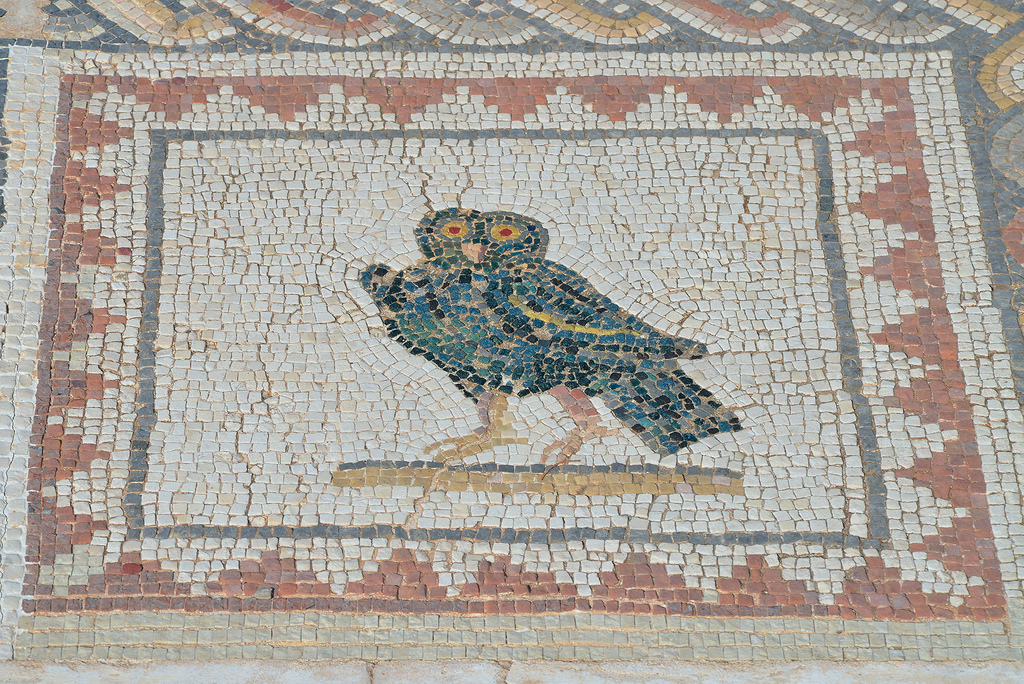
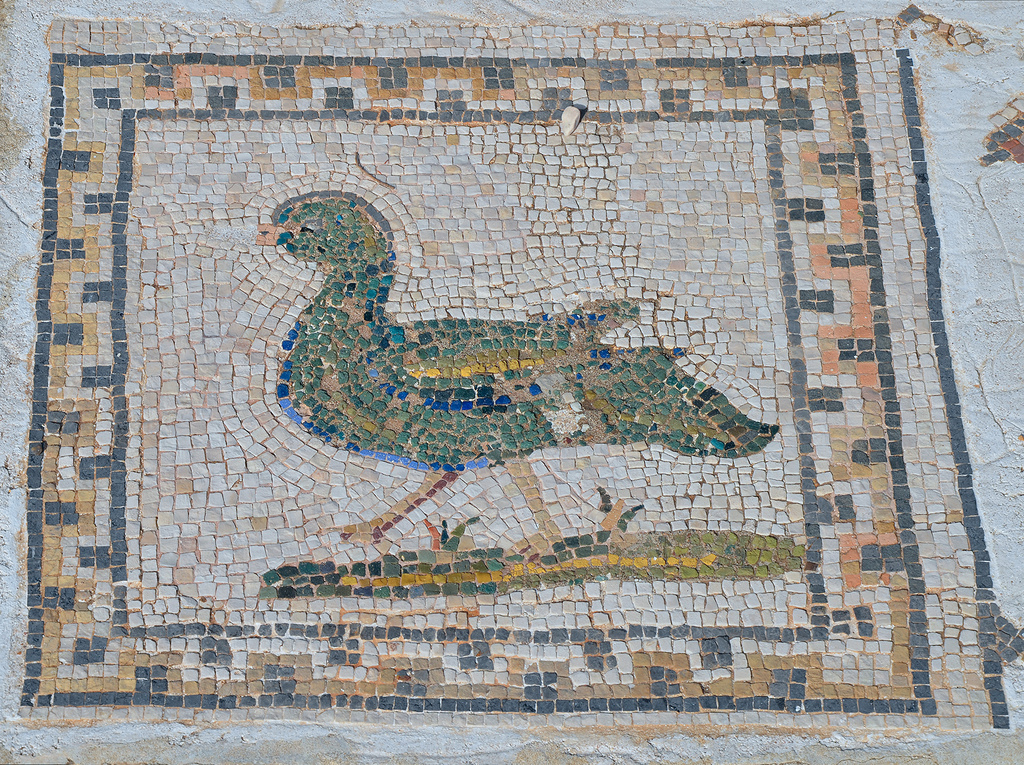
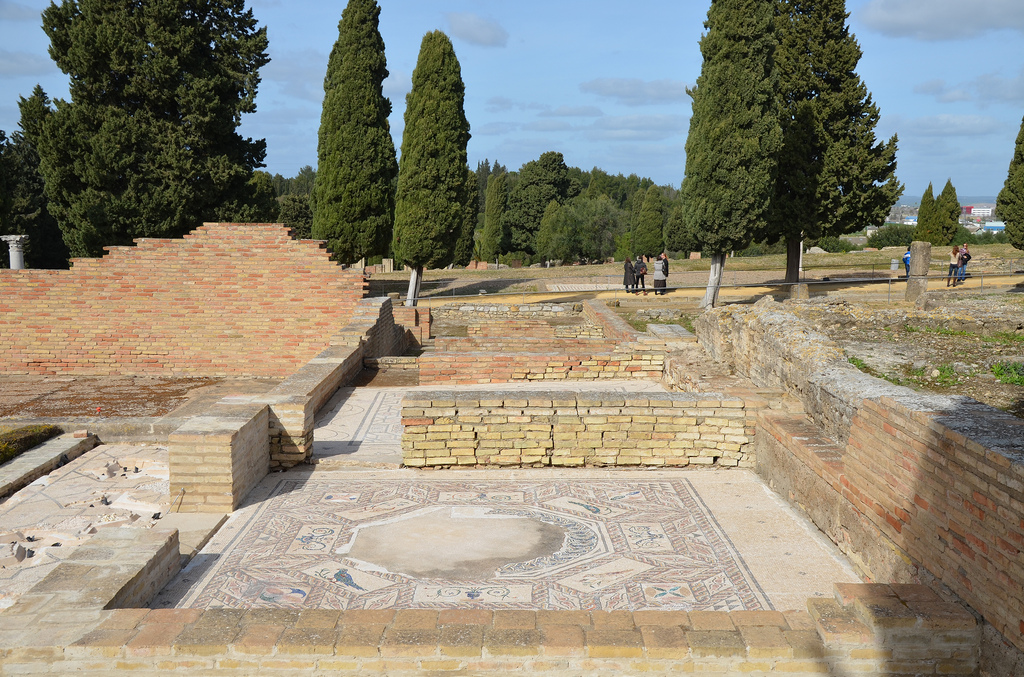
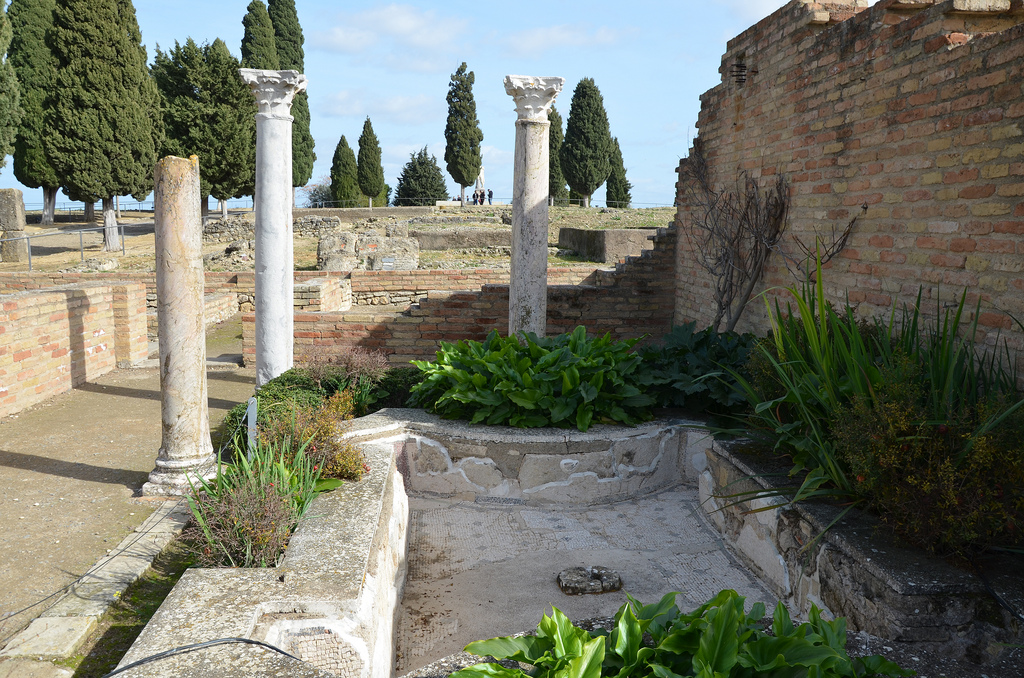





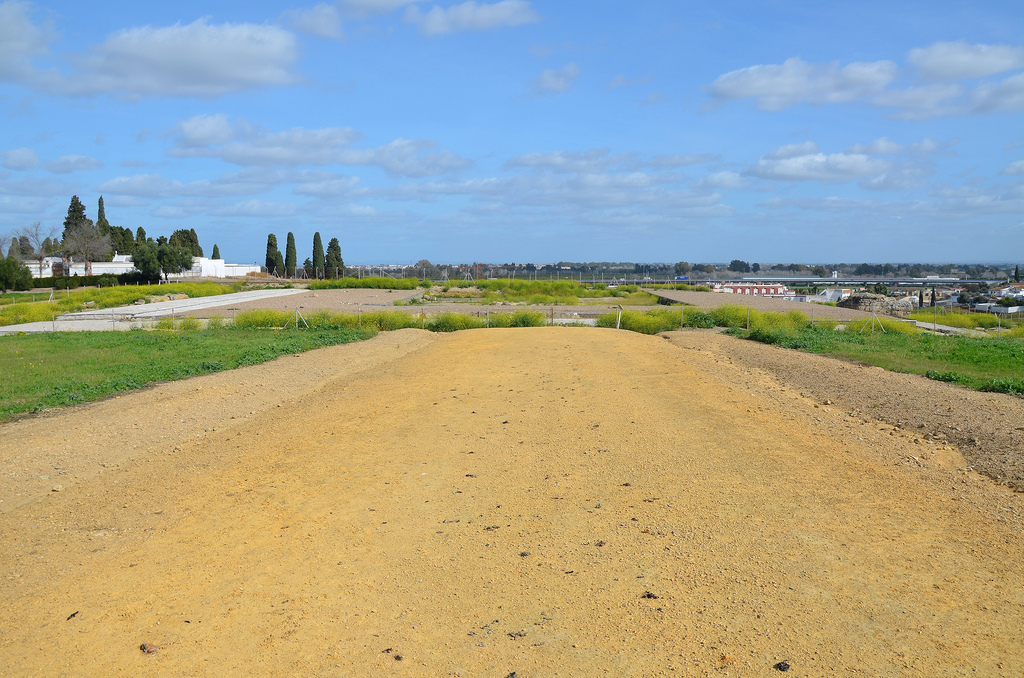






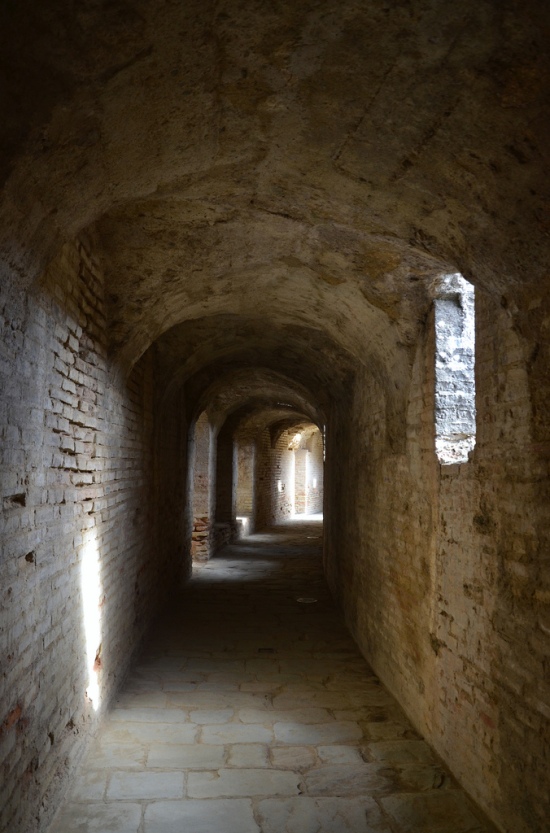


Links:
- Archaeological Ensemble Italica – Official website
- Italica – The Princeton Encyclopedia of Classical Sites

As ever – beautiful. Thank you so much
LikeLiked by 1 person
It seems they’ve uncovered a lot more than when we visited back in ’03. My photos of the site start near the bottom of the page: http://www.davebert.photos/Spain03/spain03_03.html
LikeLike
Thank you for taking the time to show us this amazing places!
LikeLiked by 1 person
What a magnificent place Carol, and your photos as usual are splendid. I love all mosaics but my favourite is the one with birds on. Of course Roman amphitheatres are spectacular anyway but this one looks enourmous. .I wonder how many people have taken photos of those Roman footprints. Thanks for sharing your wonderful work.
LikeLiked by 1 person
Had the pleasure to visit this site many years ago. Do you know if archaeologists or historians have any idea which one of the villas might have actually belonged to Hadrian as his birthplace within Italica.
LikeLike
According to Richardson, in his book titled “The Romans in Spain”, the Hadrianic expansion of Italica met with an unfortunate fate within not much more than a century. “The hill on which it was placed consisted of highly unstable clay, which is likely to shift with changes in climatic conditions and create stresses on the foundations of buildings erected on it. Indeed, it is remarkable that the builders of the new town ever managed to put it up at all.”
By the way, thanks for the masterly photographs.
LikeLike